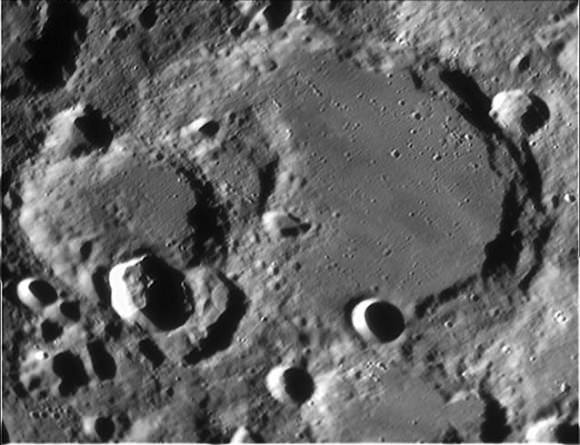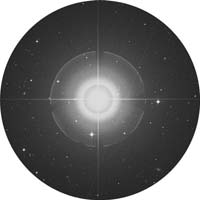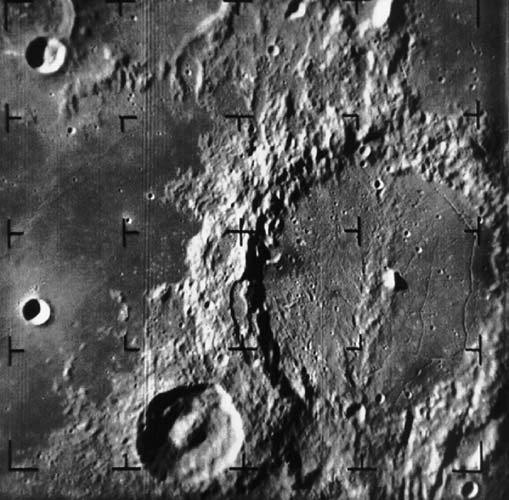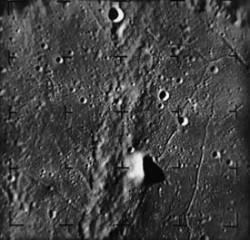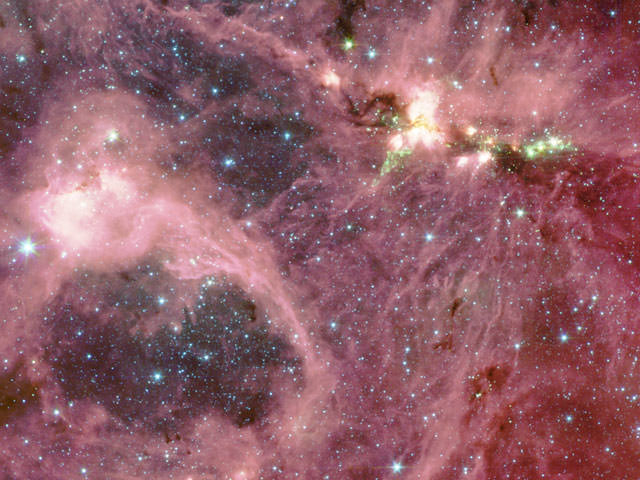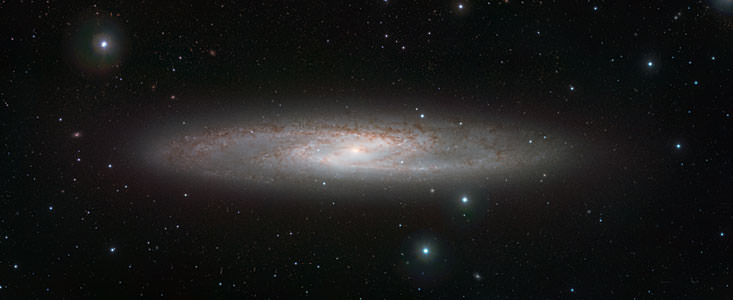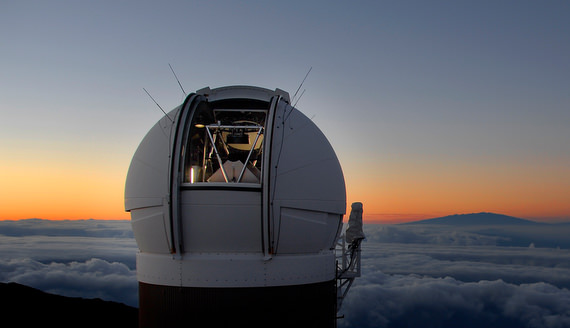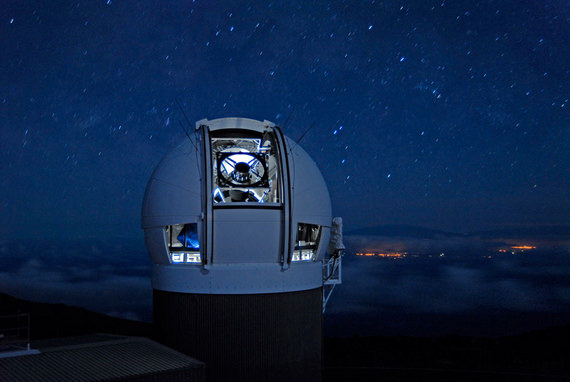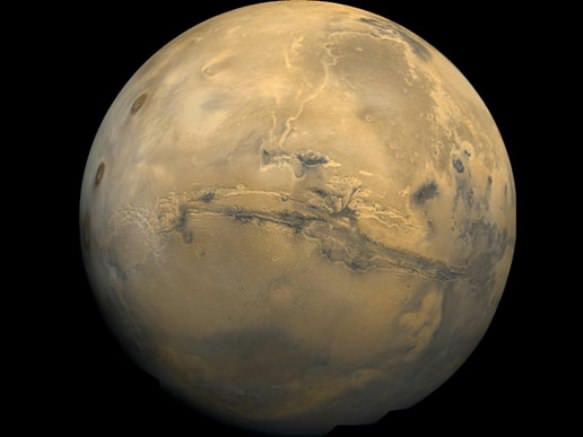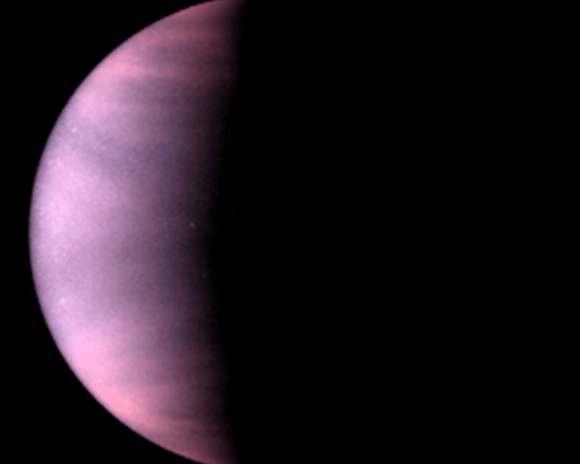[/caption]
Fifty years of eerie silence in the search for extra-terrestrial intelligence has prompted some rethinking about what we should be looking for.
After all, it’s unlikely that many civilizations would invest a lot of time and resources into broadcasting a Yoo-hoo, over here signal, so maybe we have to look for incidental signs of alien activity – anything from atmospheric pollution on an exoplanet to signs of stellar engineering undertaken by an alien civilization working to keep their aging star from turning into a red giant.
We know a spectroscopic analysis of Earth’s atmosphere will indicate free molecular oxygen – a tell tale sign of life. The presence of chlorofluorocarbons would also be highly suggestive of advanced industrial activity. We also know that atomic bomb tests in the fifties produced perturbations to the Van Allen belts that probably persisted for weeks after each blast.
These are planet level signs of a civilization still below the level of a Kardashev Type 1 civilization. We are at level 0.73 apparently. A civilization that has reached the Type 1 level is capable of harnessing all the power available upon a single planet – and might be one that inadvertently signals its presence after thoughtfully disposing of large quantities of nuclear waste in its star. To find them, we should be scanning A and F type stars for spectral signatures of technetium – or perhaps an overabundance of praseodymium and neodymium.
We might also look for signs of stellar engineering indicative of a civilization approaching the Kardashev Type 2 level, which is a civilization able to harness all the power of a star. Here, we might find an alien civilization in the process of star lifting, where an artificial equatorial ring of electric current creates a magnetic field sufficient to both increase and deflect all the star’s stellar wind into two narrow polar jets.

These jets could be used for power generation, but might also represent a way to prolong the life of an aging star. Indeed, this may become a vital strategy for us to prolong the solar system’s habitable zone at Earth’s orbit. In less than a billion years, Earth’s oceans are expected to evaporate due to the Sun’s steadily increasing luminosity, but some carefully managed star lifting to modify the Sun’s mass could extend this time limit significantly.
It’s also likely that Type 2 civilizations will play with Hertzsprung–Russell (H-R) parameters to keep their Sun from evolving onto the red giant branch of the H-R diagram – or otherwise from going supernova. Some well placed and appropriately shielded nuclear bombs might be sufficient to stir up stellar material that would delay a star’s shift to core helium fusion – or otherwise to core collapse.
It’s been hypothesized that mysterious giant blue straggler stars, which have not gone supernova like most stars of their type would, may have been tinkered with in this manner (some stress on the word hypothesized there).
As for detecting Type 3 civilizations… tricky. It’s speculated that they might build Dyson nets around supermassive black holes to harvest energy at a galactic level. But indications are that they then just use all that energy to go around annoying the starship captains of Type I civilizations. So, maybe we need to draw a line about who exactly we want to find out there.
Further reading:
Starry Messages: Searching for Signatures of Interstellar Archaeology http://arxiv.org/abs/1001.5455
Detectability of Extraterrestrial Technological Activities http://www.coseti.org/lemarch1.htm





